
The latest episode of the Big Ideas Lab podcast investigates the use of artificial intelligence for drug discovery and other uses.
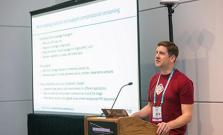
Todd Gamblin has a well-deserved reputation in the HPC software community as a passionate engineer who enjoys rolling up his sleeves and diving into technical problems. It’s not a stretch to see how he got hooked on HPC.

Among the honorees was the Exascale Computing Project leadership team, which successfully delivered the 7-year, $1.8 billion collaboration among six DOE national laboratories.

Presented last fall at a conference, a new approach to software binary analysis incorporates large-scale training data and hierarchical embeddings.

Hundreds of current and former LLNL employees, government officials, and industry leaders gathered on January 9 to mark a monumental achievement: the dedication of El Capitan, the world’s fastest supercomputer.
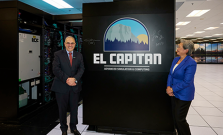
The event marked a monumental achievement with the acceptance and deployment of the first exascale computing system built for the NNSA, a historic milestone in national security and scientific computing recognizing the collaborative efforts of government, industry and scientific leaders.

You can read "The Road to El Capitan" web articles on our Computing.llnl.gov site. You can also find a download of the booklet and our sheet of fun facts at the same URL.

Beyond the El Capitan headlines, SC24 provided an opportunity for Livermore staff to reach the international HPC community.

SC24, held recently in Atlanta, was a landmark event, setting new records and demonstrating LLNL's unparalleled contributions to HPC innovation and impact.

This interview with HPC-AI Vanguard Kathryn Mohror covers her thoughts on teamwork, her projects, the field, and more.

The Generative Unconstrained Intelligent Drug Engineering (GUIDE) program accelerates development of medical countermeasure candidates to redefine biological defense.
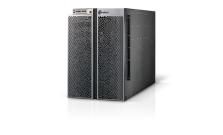
In a groundbreaking development for computational science, a team of Tri-Lab researchers has unveiled a revolutionary approach to molecular dynamics simulations using the Cerebras Wafer-Scale Engine, the world’s largest computer chip.

On the newest episode of the Big Ideas Lab podcast, listeners will go behind the scenes of LLNL's latest groundbreaking achievement: El Capitan, the world’s most powerful supercomputer.
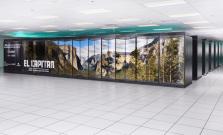
Verified at 1.742 exaflops (1.742 quintillion calculations per second) on the High Performance Linpack—the standard benchmark used by the Top500 organization to evaluate supercomputing performance—El Capitan is the fastest computing system ever benchmarked.
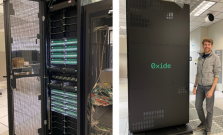
Oxide Cloud Computer installation at Livermore Computing's HPC center modernizes on-premises cloud computing capabilities for general purpose workloads.

The NNSA’s exascale milestone is possible only through successful industry partnerships. Hewlett Packard Enterprise staff share their experiences working with LLNL.

The latest issue of R&D World's magazine showcases LLNL's 2024 winning technologies, including UnifyFS and UMap software projects.
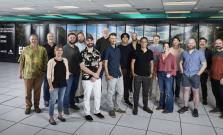
A groundbreaking multidisciplinary team is combining the power of exascale computing with AI, advanced workflows, and GPU acceleration to advance scientific innovation and revolutionize digital design.
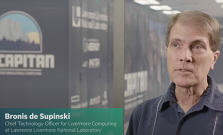
Learn about the game-changing potential of El Capitan and discover how it will not only transform HPC and AI but also revolutionize scientific research across multiple domains.
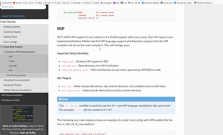
Follow along at your own pace through tutorials of several open-source HPC software projects.

To keep employees abreast of the latest tools, two data science–focused projects are under way as part of Lawrence Livermore’s Institutional Scientific Capability Portfolio.

This issue highlights some of CASC’s contributions to the DOE's Exascale Computing Project.
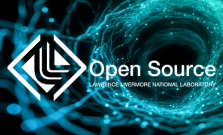
Release the codes! With a dynamic developer community and a long history of encouraging open-source software, LLNL has reached quadruple-digit GitHub offerings.
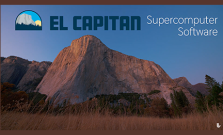
Discover how the software architecture and storage systems that will drive El Capitan’s performance will help LLNL and the NNSA Tri-Labs push the boundaries of computational science.

Unveiled at the International Supercomputing Conference in Germany, the June 2024 Top500 lists three systems with identical components as registering 19.65 petaflops on the High Performance Linpack benchmark, ranking them among the world’s 50 fastest.

